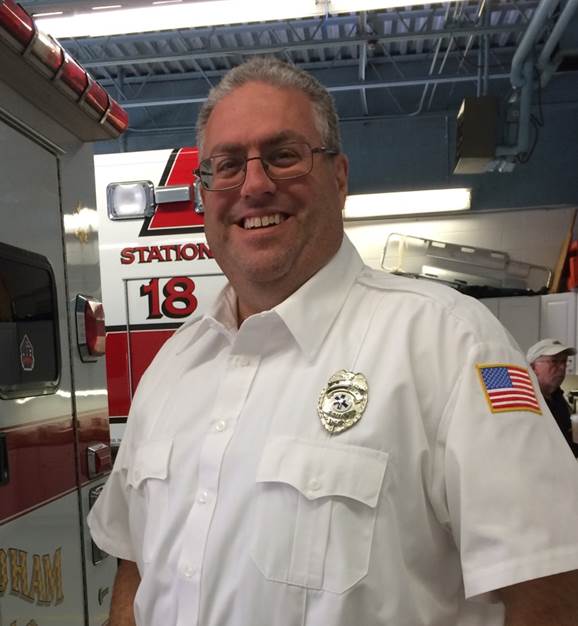|
My EMT course is being taught through Atlantic Training Center, using facilities at the Morris County Public Safety Academy. The Academy not only supports Police and Fire academies for the county, it's also co-located with the Morris County Office of Emergency Management (OEM) facilities. Although not formally part of the EMT course, my class was exceedingly lucky to have a quick tour of the 911 emergency dispatch center and the Emergency Operations Center (EOC), thanks to Scott DiGiralomo, Director, Department of Law and Public Safety/Emergency Management Coordinator. A mere 2 years old, the center is a technological marvel, reminiscent of any major Hollywood movie depicting high-tech command-and-control centers, from space flight operations to military war rooms. As my actual career has been in the high-tech and telecom industries for 25-plus years, I found the technical aspects quite fascinating, from real-time video feeds from around the county (including the helipad at Morristown Memorial Hospital, used by our county airborne paramedics), to GPS-enabled tracking of emergency services personnel and equipment.
The amazing job these emergency dispatchers perform really can't be understated. For those that are curious, I've linked to a YouTube video that gives you just a small taste of the complex multi-tasking these individuals perform, minute by minute, staying on-line with callers for as long as necessary with simultaneously coordinating with a host of dispatched resources. They truly are one of a kind, and probably don't get half the recognition that they deserve.
0 Comments
Your comment will be posted after it is approved.
Leave a Reply. |
AuthorJon Alperin, one of our MFAS volunteers, shares his journey to becoming an NJ certified EMT. from the Start
Here is Jon's journey, presented in time order:
Archives
June 2016
Categories
All
|



 RSS Feed
RSS Feed
